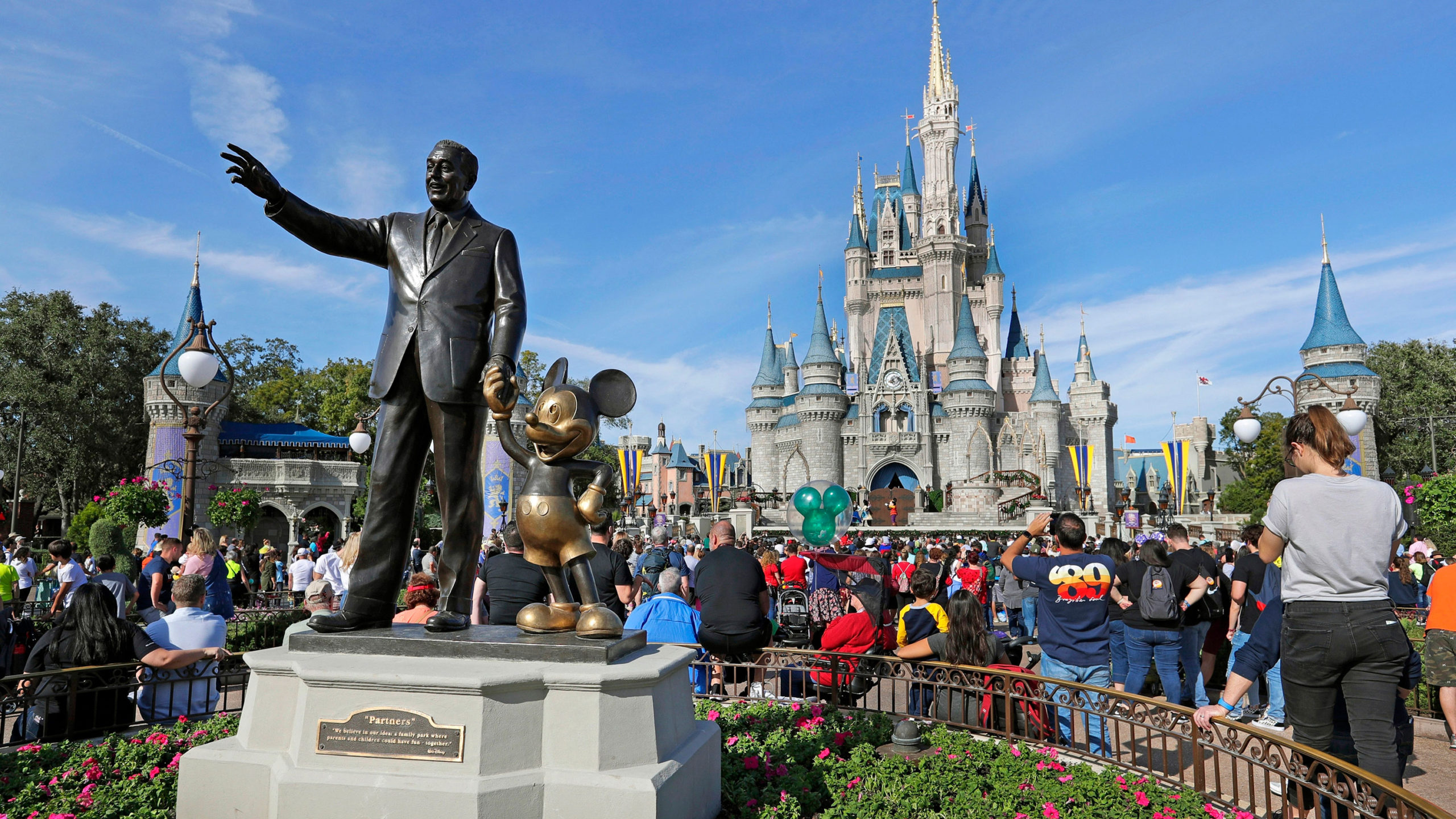Table of Contents Show
Theme parks are often seen as spaces of overconsumption. Tickets, food, hotels, and merchandise are all too costly, yet millions of people are duped into going every year. Theme park fans themselves often face a mountain of criticism ((Cash, Meredith. “A mom’s Facebook post that ‘childless millennials’ shouldn’t be allowed at Disney parks is wrong and sexist.” Insider. July 30, 2019.)) for trying to relieve nostalgic fantasies, taking up spaces “meant for children,” or for being naive enough to spend their money at these parks.
But these arguments do not fully explore the relationship between theme parks and their fans. At this year’s Fan Studies Network- North America, keynote speaker Dr. Rebecca Williams unpacked this subject in her talk titled “Haptic Fandom, Spatial Transmedia & Corporate Co-Option: Mapping the Possibilities and Exclusions of Theme Park Participatory Cultures.” Her discussion highlighted the ways the relationship between the media industry and its fans is negotiated in the physical space of theme parks.
Transmedia Spaces
One thing that theme parks do well is weave storytelling into physical spaces. This form of transmedia storytelling (extending the narrative across different forms of media) is most easily found in themed sections of theme parks, such as Disney’s “Galaxy’s Edge” and Universal Studios’ “Harry Potter World.” These portions of both parks help seamlessly blend fiction with reality and extend the story of outside properties into the theme park experience. For example, “Galaxy’s Edge” creates new moments in the story for the audience to experience, such as your ship being abducted on “Rise of the Resistance.“
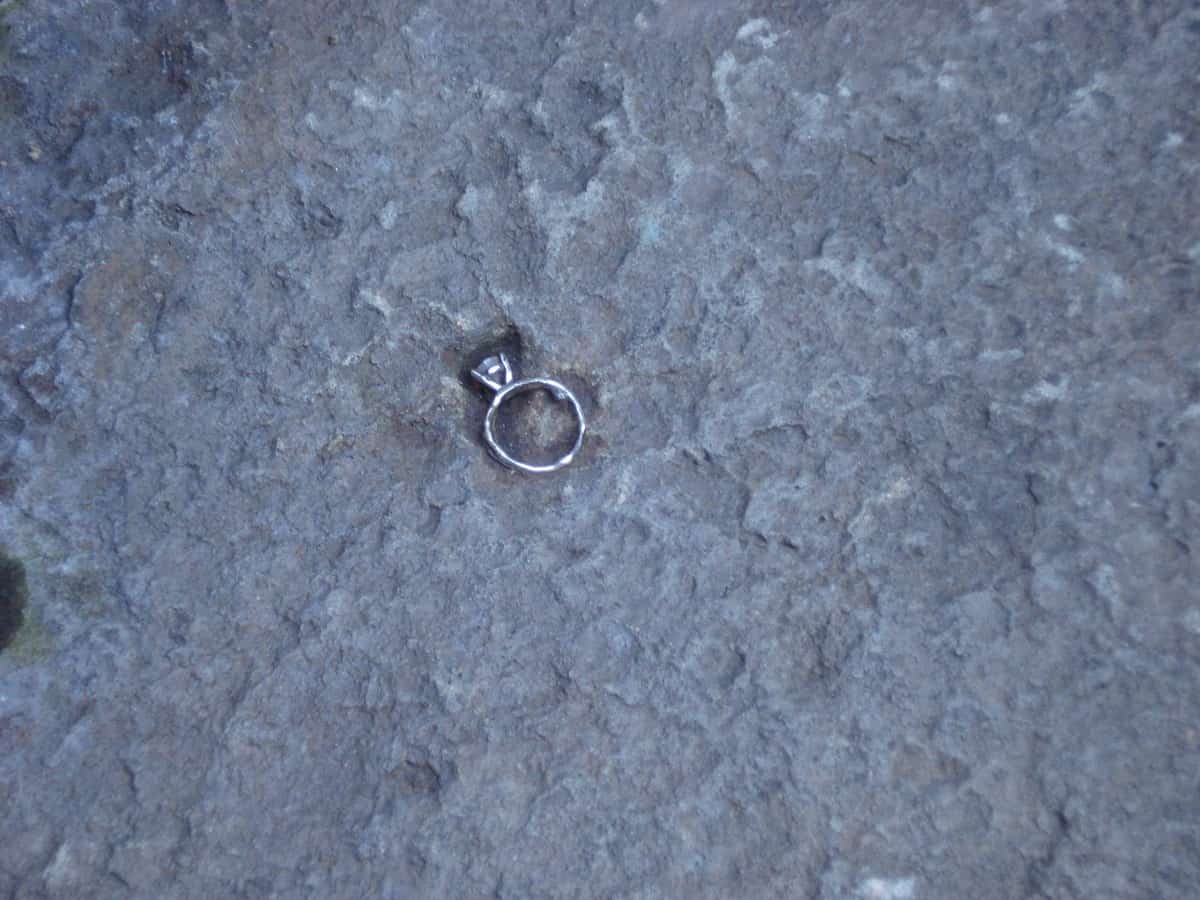
However, this transmedia storytelling also works in reverse. Disney has made several of its rides into films, such as Pirates of the Caribbean (2003-2017) and Jungle Cruise (2021). In her talk, Williams made specific use of “The Haunted Mansion” for her description of spatial transmedia. The ride, which has been a part of Disneyland since its opening in 1955, is an original concept that takes guests through the macabre and spooky scenes of a haunted house. But “The Haunted Mansion” is not a standalone experience; the ride has spawned several film adaptations, including a forthcoming film and The Muppets Haunted Mansion which was released in early October.

These movies are fascinating in that they try to reframe and re-contextualize the ride’s story by playing with iconic scenes and moments. Thus, unlike other areas of the park, “The Haunted Mansion” is an experience that changes and is re-contextualized with every new visit. However, it’s not just Disney at play. Williams argued that “the fans of the ride have also been quite instrumental in trying to develop a narrative and trying to develop an expanded story world.” She uses an example of what fans thought looked like a cement engagement ring embedded outside the ride at the Magic Kingdom. While the cement ring (actually a sawed-off metal post) was unrelated to the ride, fans created a story that connected it to the ax-wielding bride in the attic. During later renovations, Disney took the lead from its fans and replaced the cement ring with an actual engagement ring to confirm the connection. It goes to show that fans aren’t just passive consumers, but an active part of the storytelling experience found within the parks. They not only interpret and contextualize the scenery and rides but help to actively build their narratives.
Emb(BODY)ing Theme Parks
Haptic fandom refers to the ways fan experiences can relate to the senses and the manipulation of objects. Williams said that she wanted:
“to pay a bit more attention to the importance of the body in fannish experiences, particularly in themed or immersive environments where things like motion, touch, taste, and smell [are] all quite common.”
One of the goals of theme parks is to give guests a satisfying interactive and sensory-based experience. Disney parks use of devices like “smelletizers” which pump specific smells into the park to heighten the immersion (and encourage guests to buy food). Meanwhile, “Harry Potter World” created interactive elements allowing guests to use their magic wands to manipulate the imagery around the parks causing objects to move or light up. But Williams focuses on other ways theme parks embrace and utilize bodies. In 2013, Disney introduced Magic Band technology, which was initially created as a way for the company to gather data on park goers and determine where they were and when (which sounds somewhat ethically dubious).
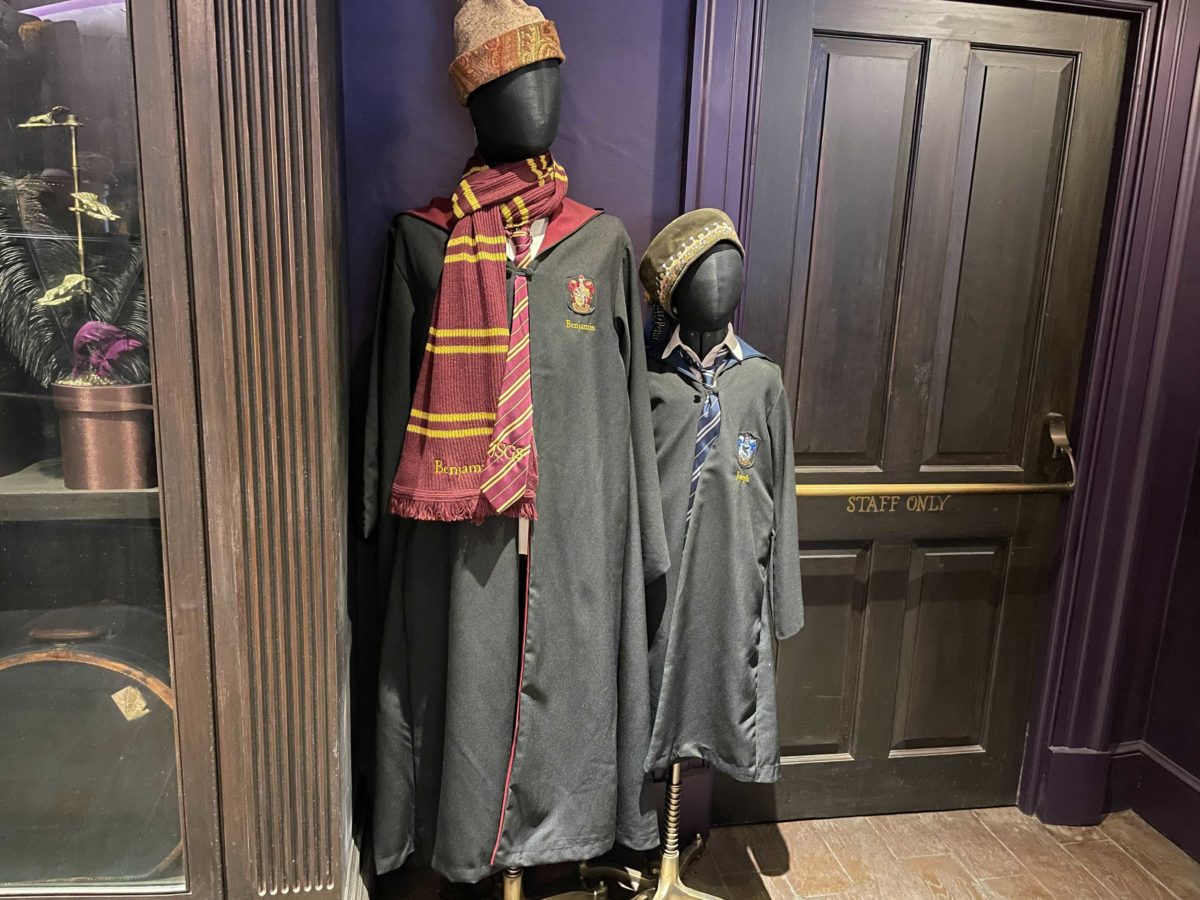
However, Magic Bands also increased the interactivity of the park by allowing guests to do almost anything with a flick of their wrists. The bands act as a room key, credit card, and FastPass holder for guests. Not only does this technology make moving around the parks more accessible, but it also prioritizes motion and the sense of touch to help guide guests through the park. Aside from marketable and corporatized technology, fans also find ways to reference the importance of the body in theme park fandom. Cosplay and Disneybounding are practices that hold a special place for fans who visit theme parks. Visitors to “Harry Potter World” are welcome to wear robes and sport house colors as they walk through the park, fully interacting with the space and its narrative.
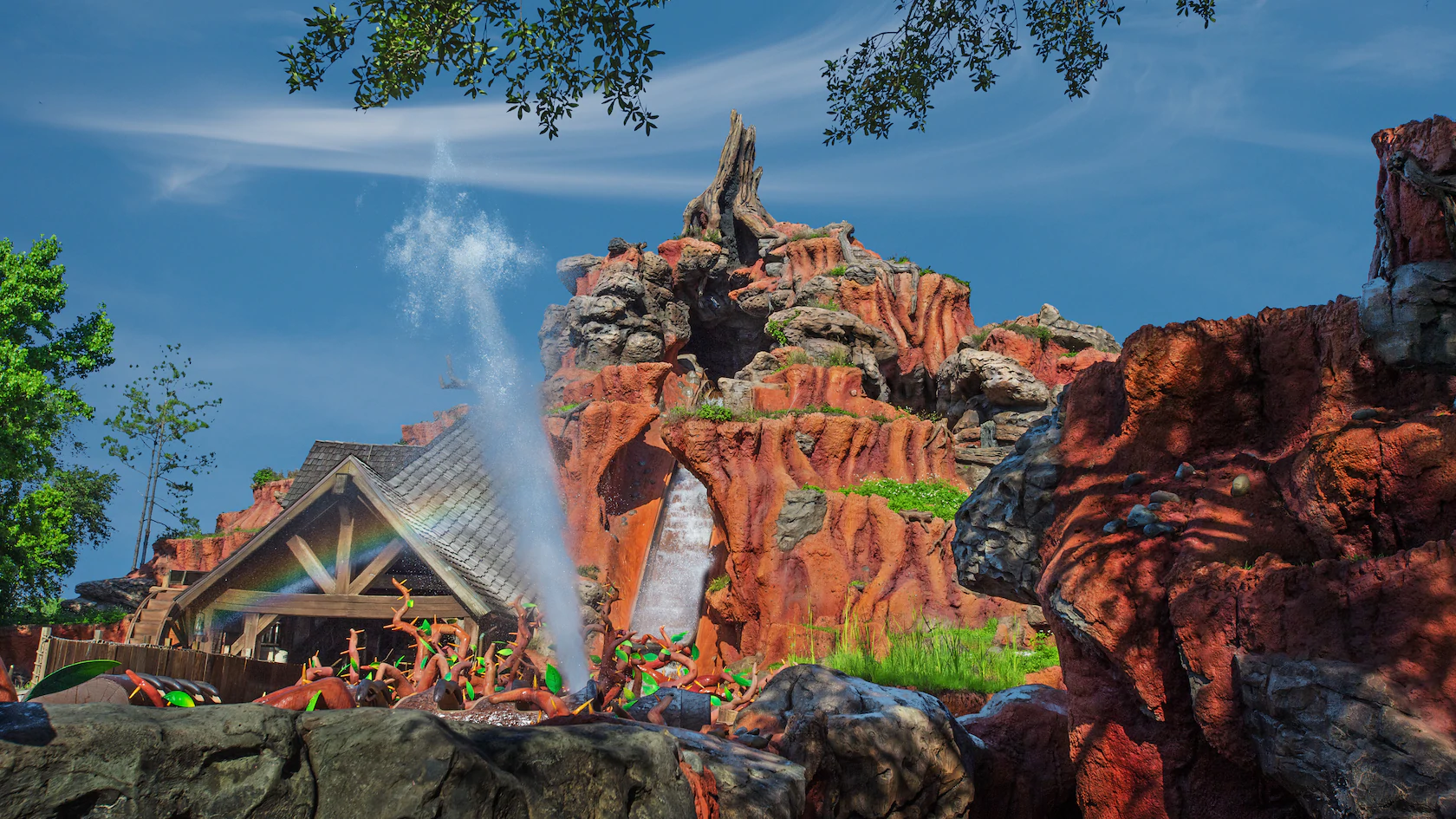
On the opposite end, Disney does not allow cosplay in the parks (citing safety and the discrimination between costumed employees and guests as their reasoning). But this rule has not stopped fans from fully embracing the haptic experience. Disneybounding, coordinating colors, silhouettes, and images to match specific character outfits, allows fans to perform their fandom outwardly. In addition, the use of the body in theme parks brings fans physically closer to their favorite media texts. It allows them to participate in fandom in a way that would otherwise be impossible.
Excluding Participation
Of course, theme park spaces still have room for criticism. While theme parks are made to be an enjoyable and interactive space, they are still owned by international media conglomerates. That is to say… it is all about the money. For example, not only do guests have to be able to afford the cost of the park (including travel, lodging, and food), many of the highly immersive experiences come at an extra cost. Building a lightsaber at “Galaxy’s Edge” would be an amazing experience for fans of Star Wars that fully invites them into the story world. Except that to build a lightsaber costs an extra $200. Even the new Disney Genie app requires guests to pay an additional fee for fast pass services.
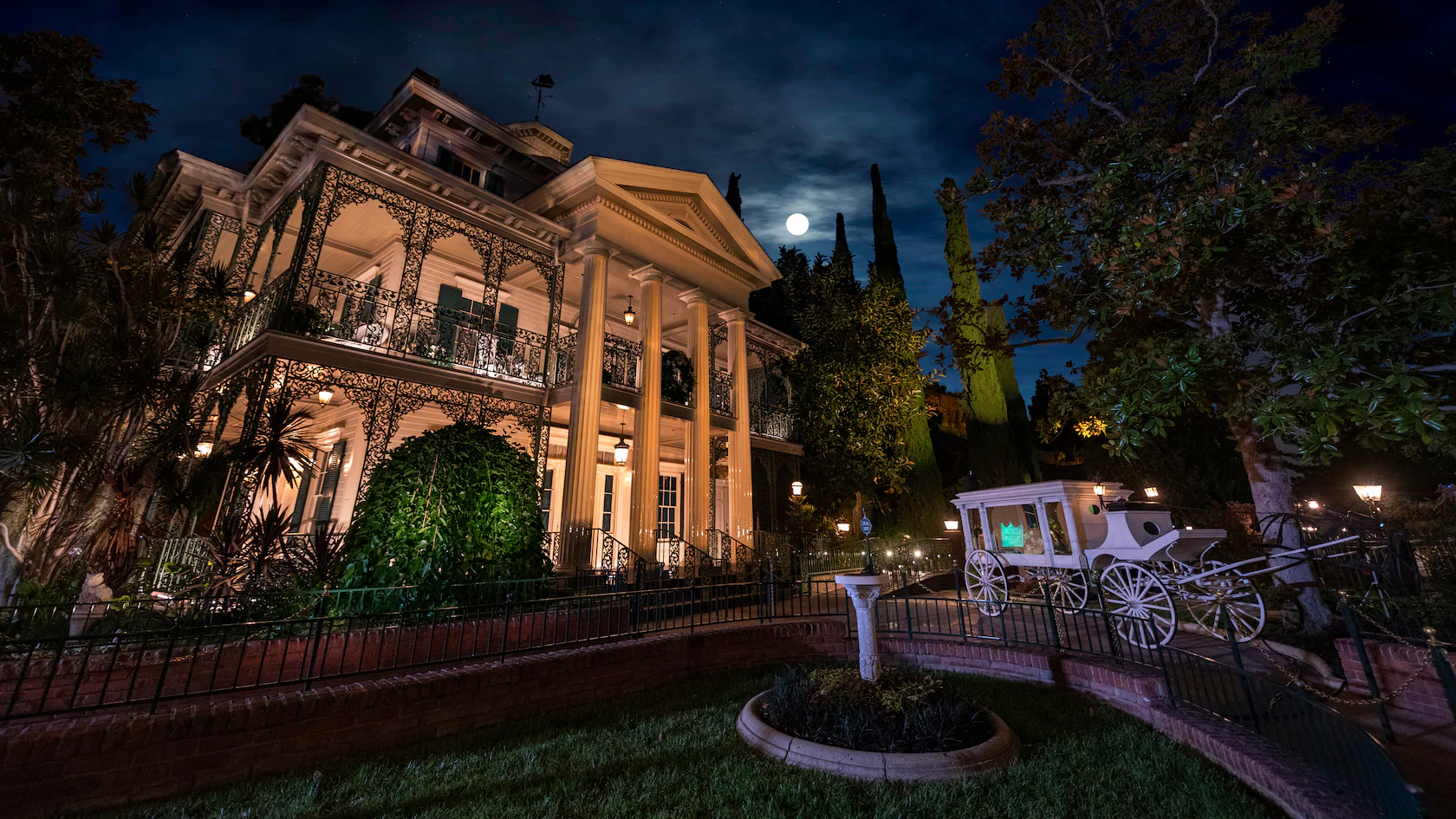
The high cost of the park itself and the added expenditures make theme park tourism inaccessible for many fans. Williams also noted many of the culturally inappropriate elements within theme parks, most notably the Disney Parks. Recent conversations around racially insensitive rides such as The Jungle Cruise and Splash Mountain have caused rifts in the theme park fandom for their inappropriate portrayals of people of color. For many fans, the lack of appropriate representation draws them out of the immersive experience. It is hard to have a haptic experience in fandom when you are not represented accurately or positively. While redesigns of both rides are currently in the works by Disney, this choice also came with backlash for ruining “classic” rides. Theme parks are by nature, an exclusionary space and often become inaccessible to fans who are not part of the middle class or white demographic.
Taking It Seriously
Just as theme park fans and fandom aren’t always taken seriously by the media, the fan studies field faces a similar issue. Early in her speech, Williams briefly mentioned:
“At last year’s event, we talked a lot about how we can get other disciplines to take fan studies more seriously, or to see some of the parallels that are happening in fan studies and that are happening elsewhere. And what was interesting in doing some of the research for this project was the fact that outside of immediate cultural studies approaches and disciplines like marketing and tourism studies, is that they didn’t have that dismissive attitude towards theme park spaces, and they were able to take [theme parks] seriously. They didn’t have to do all of the defensive work at the start of books or of articles that, often, I find I have to do.”
At a conference dedicated to the meeting of fan studies scholars, and the validity of the field, Williams’ work points exactly to why fan studies matters. While fandom is firstly an object of our enjoyment, it is also in constant negotiation. Moreover, fandom is heavily influenced by the other forces in our lives, including capitalism, consumption, and racism. Fan studies draw attention to both the celebratory and condemnatory elements of fandom and work to analyze what it means to be a fan in an ever-changing cultural landscape.
Dr. Rebecca Williams is a Senior Lecturer in Communication, Culture & Media Studies in the Division of Media at the University of South Wales. She has authored/edited five books on fan studies and cultural studies, including Theme Park Fandom and the forthcoming The Fan Studies Primer (with Paul Booth in 2021).
